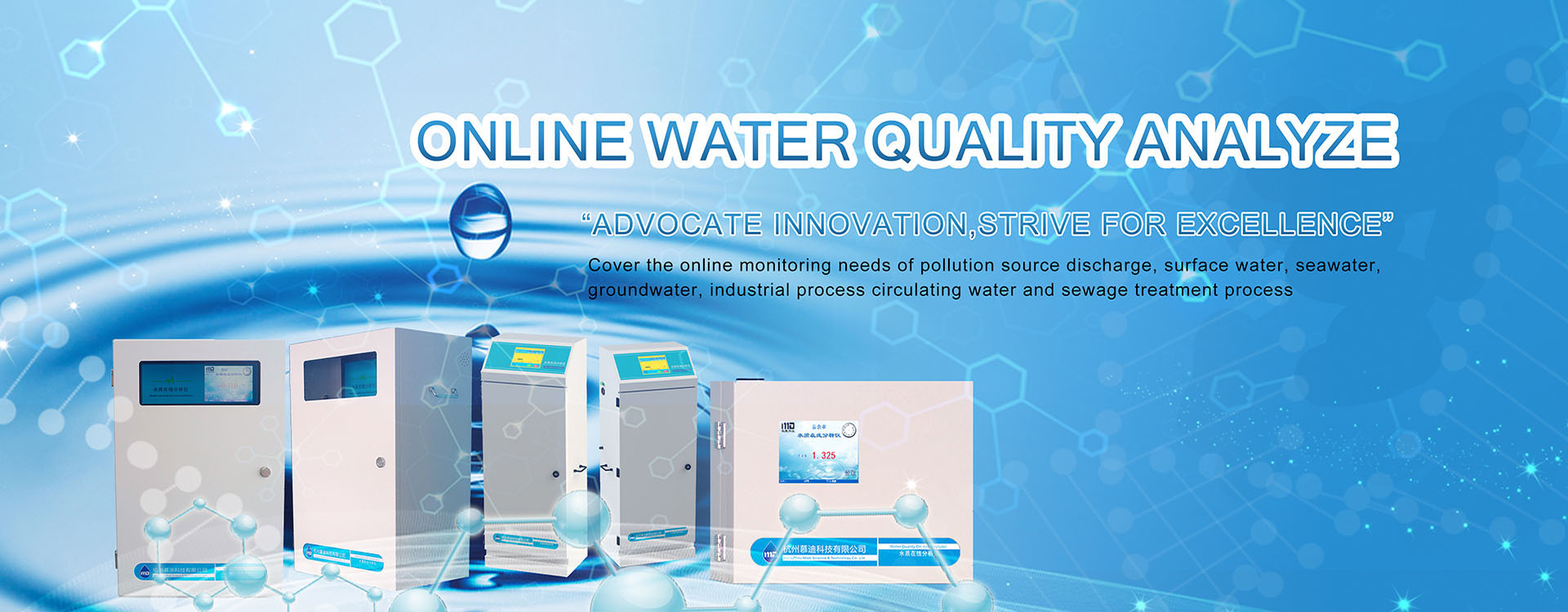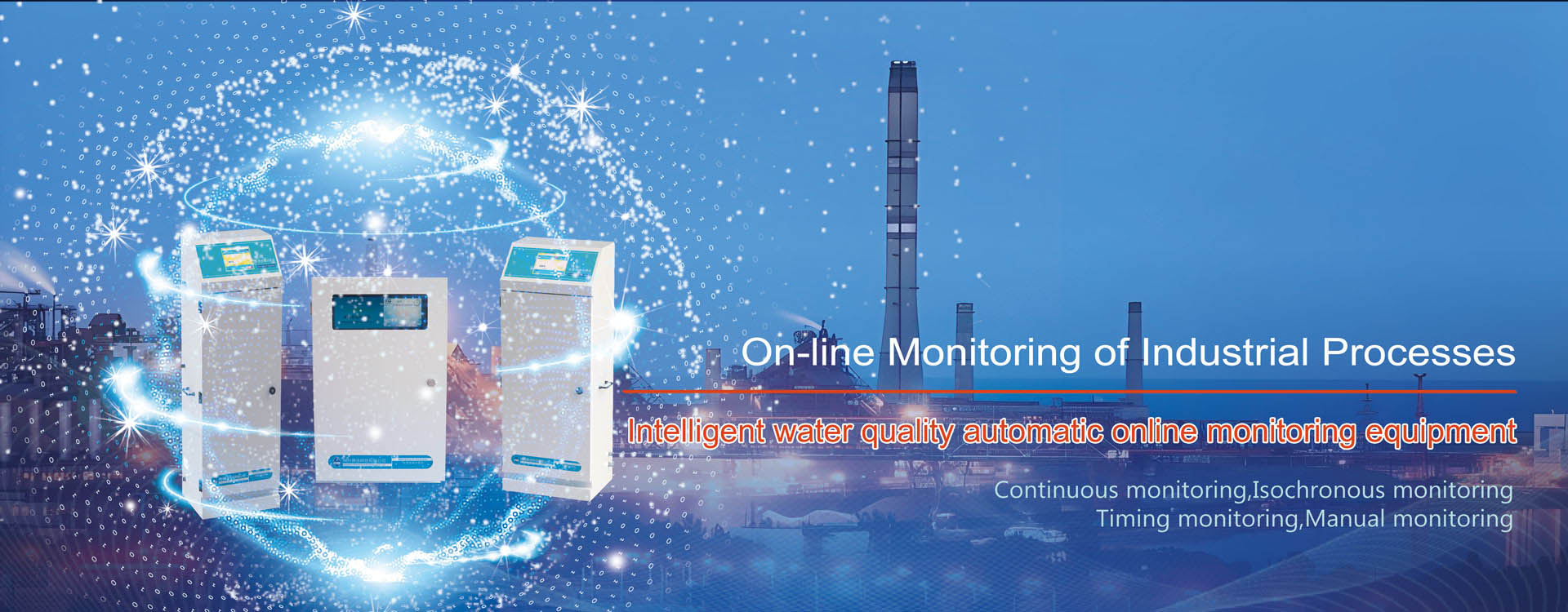Oily wastewater mainly comes from different departments such as petrochemicals, coking, gas generation stations, and mechanical processing. Among the oil pollutants in the wastewater, the relative density of heavy tar is higher, above 1.1, while that of the others does not exceed 1.
Oily substances exist in wastewater in three states.
1.The floating oil droplets have a particle size greater than 100μm and are easy to separate from the wastewater.
2.Dispersed oil, with oil droplet sizes ranging from 10 to 100μm, floats in water.
3.Emulsified oil, with oil droplet diameters less than 10μm, is not easy to separate from wastewater.
In addition, the oil concentration in the wastewater discharged from different industrial sectors varies greatly. Therefore, the treatment of oily wastewater should first utilize oil separators to recover floating oil or heavy oil, with a treatment efficiency of 60% to 80%, and the oil content in the effluent is approximately 100 to 200mg/L. Emulsified oil and dispersed oil in wastewater are difficult to treat, so the emulsification phenomenon should be prevented or mitigated. One of the methods is to pay attention to reducing the emulsification of oil in wastewater during the production process. Secondly, during the treatment process, the frequency of lifting wastewater with pumps should be minimized as much as possible to avoid increasing the degree of emulsification. The treatment methods usually adopt air flotation and demulsification.
So, what kind of analyzer is needed to conduct real-time detection of oil in wastewater? The Hangzhou Modi–Tech online oil Analyzer in water is designed for measuring the concentration of oil (hydrocarbons) in water. The instrument measures the concentration of oil molecules in water by ultraviolet fluorescence method. Under the irradiation of specific ultraviolet light, the oil molecules are activated into an excited state, which is very unstable and will quickly return to the ground state. During the process of returning to the ground state, radiated fluorescence will be produced, and the concentration of oil molecules in the water sample is directly proportional to the intensity of the emitted radiated fluorescence. The water sample is sent into the colorimetric cell after passing through the pretreatment device. The light source is shone parallel on the oil molecules in the water sample of the colorimetric cell, and the generated fluorescence is shone on the fluorescence sensor. Before the ultraviolet light emission and the fluorescence sensor reception, precise filtering systems are installed to control the emission wavelength of the ultraviolet light and select the specific fluorescence wavelength scattered back by the received oil molecules. The intensity of the received fluorescence has a certain corresponding relationship with the concentration of oil in the water sample. After the selection and control of the emission and reception wavelengths by the filtering light system, this linear relationship can be made clear.




